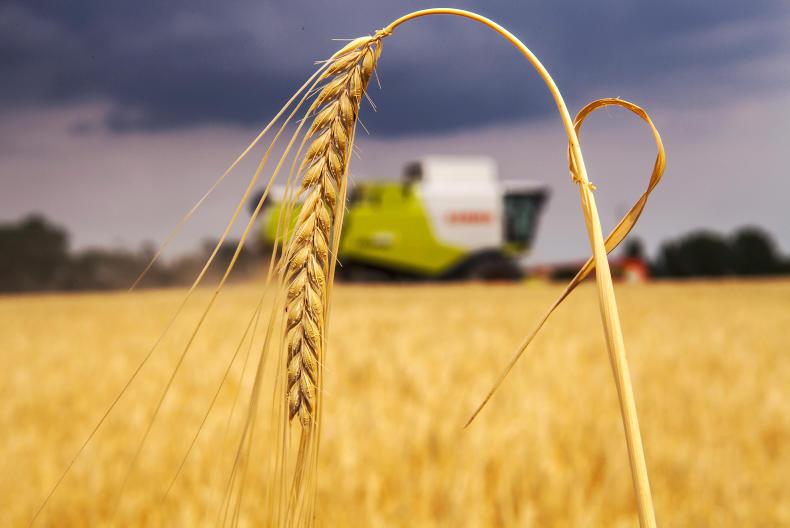Harvesting
While many crops were slow to fully ripen the majority of winter barley is now harvested. That said, some growers still have their majority to do. Oats is now being harvested, with some rape and wheat cut also. Showery weather delayed progress over the past week but combines moved most days. Gathering straw has been more problematic, especially in the south, where it has been on the ground now for over two weeks in places.
Winter barley yields continue to be variable across the country with earlier crops frequently disappointing. BYDV is suggested as a reason but it may not be the only factor. Good land management seems to have helped greatly.
Many growers report that 2019 has given the best yields ever achieved from winter barley. But this is not a uniform picture. It seems like the average crop yield may be close to 9.4 t/ha (3.8 t/ac) but this ranges from over 5t/ac to under 2t/ac.
In general it would appear that the six-rows and hybrids have performed better than two-rows. But specific weights are not exceptionally high, possibly because of higher than normal seed numbers to carry this yield potential. Specific weights are tending between 58 and 64 KPH.
Oats cut to date is reported to be yielding well with quality to date in the 52-56KPH range.
Straw
Straw yields are good with 13-15 good bales per acre common. Straw is seldom fit for immediate baling but some of it was baled loose due to the risk of heating. Demand for straw is variable due to the abundance of fodder so growers face the choice to sell or chop from here on. Price expectation has weakened and prices appear to vary now from €12 to €18/ 4x4 bale.
Burning off
Wheat crops have matured rapidly in the recent heat and many now have patches of green vegetation, generally grass weeds. These might be sprayed off with glyphosate because it can help decrease dormancy to enable shed seeds to germinate if you cultivate post harvest.
Grass weeds: Many crops carried high levels of different grasses this year (including blackgrass) even though they were sprayed. Michael Hennessy in Teagasc tells me that growers can check to see if these grasses (mostly bromes, blackgrass, wild oats and canary grass) have herbicide resistance. This is essential information for future action.
To get a check done a growers should collect about two cup fulls of mature seeds while walking in a ‘W’ pattern through a field. Seeds are mature when they fall into the hand with very little shaking. The seed should then be placed in a paper envelope and left to dry for a few days. Samples can then either be dropped into a local Teagasc office or sent to Jimmy Staples, Teagasc, Oak Park, Co Carlow. Each sample needs the following details: grower’s name, address, phone number, field location and when the sample was taken. These seeds will be sown and sprayed in the coming months to establish the level of resistance present.






 This is a subscriber-only article
This is a subscriber-only article









SHARING OPTIONS: